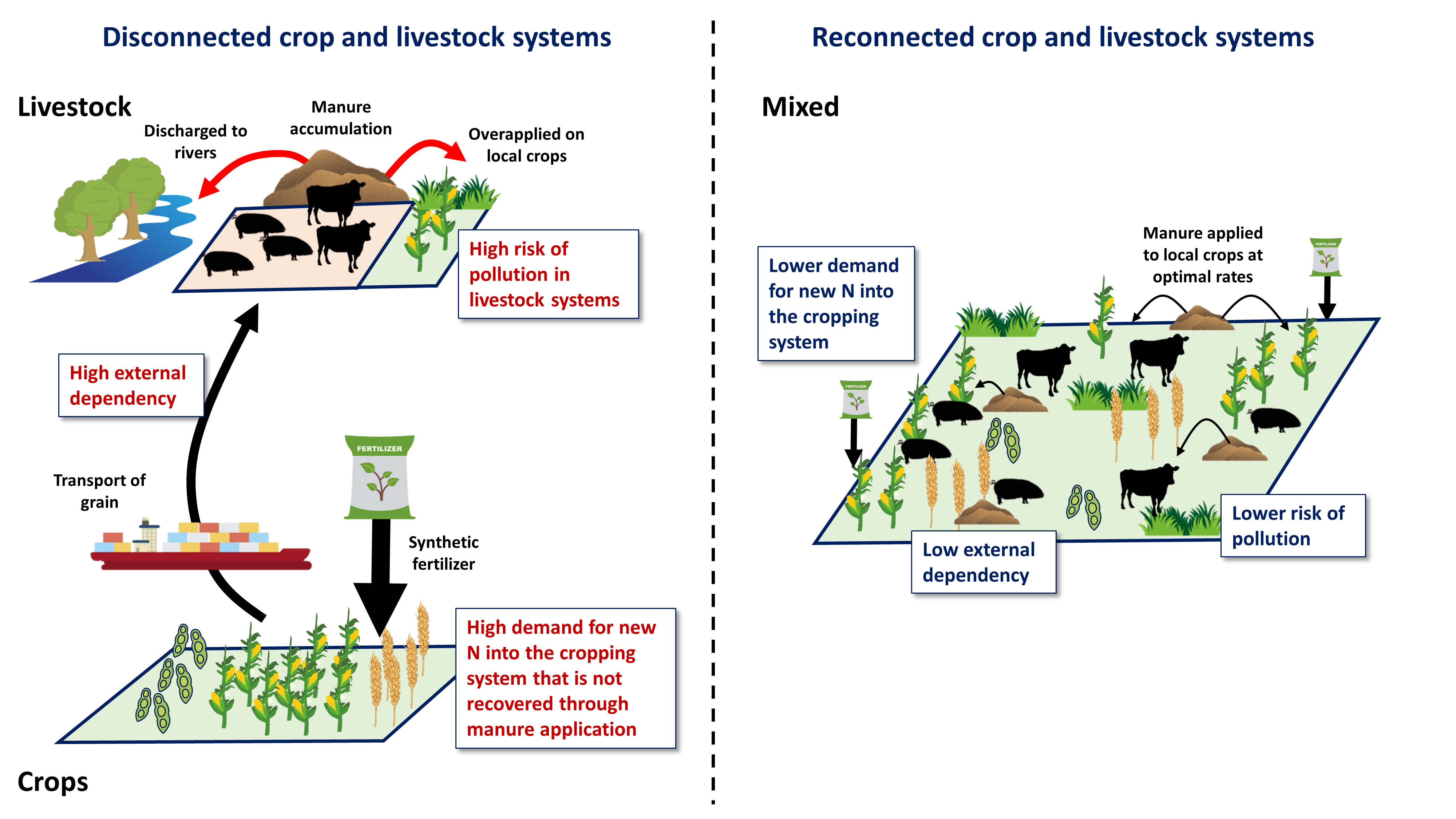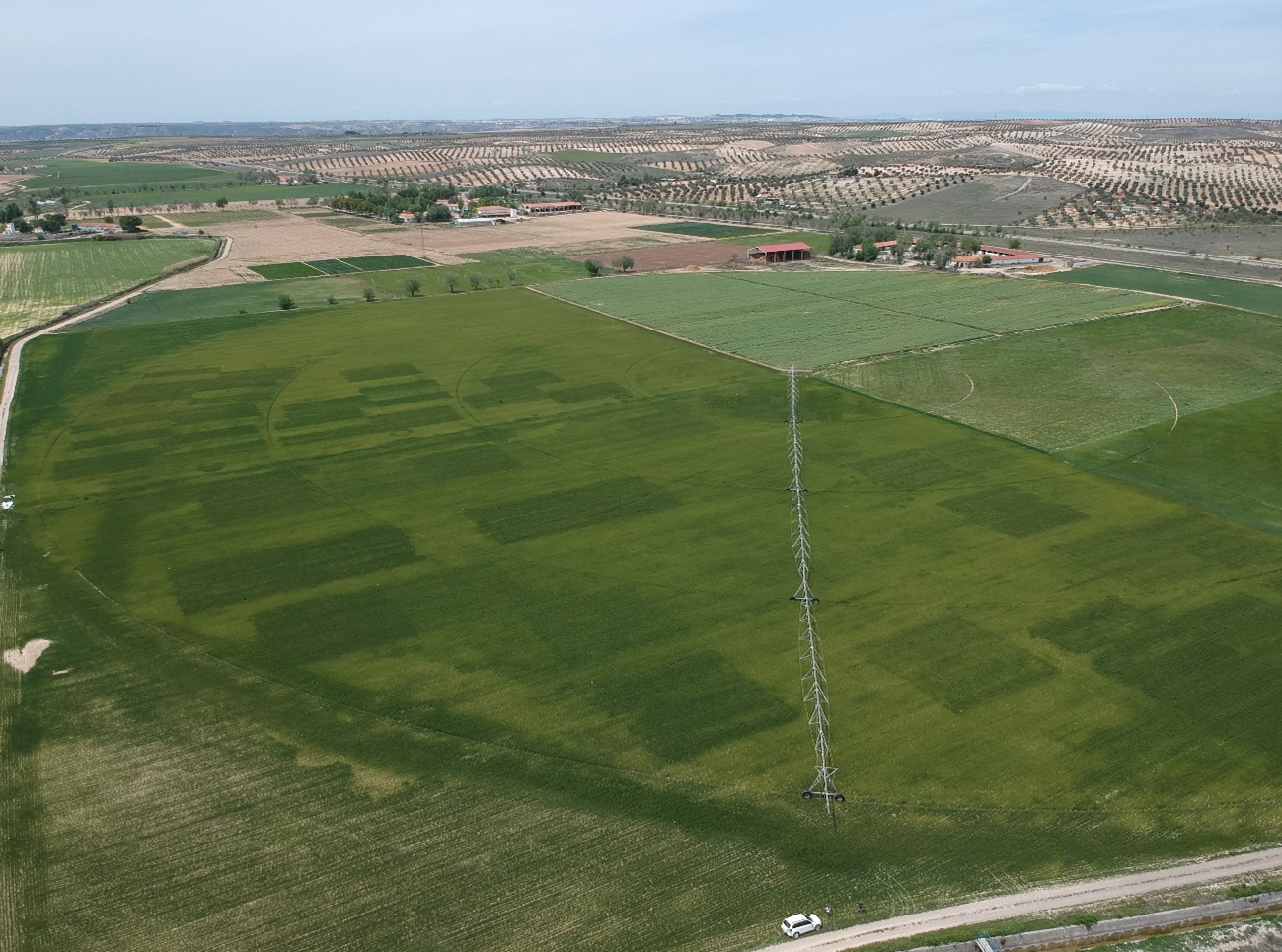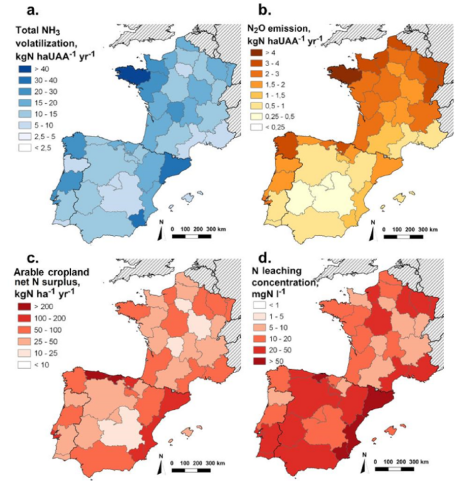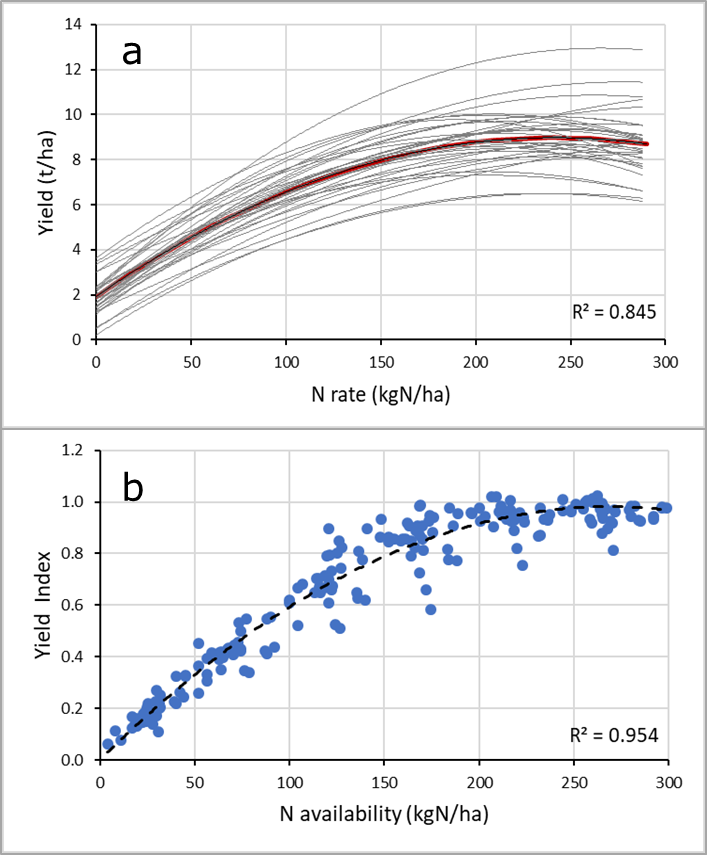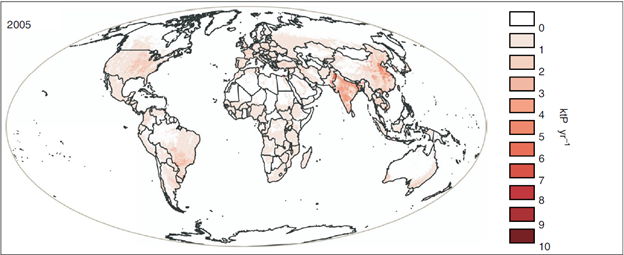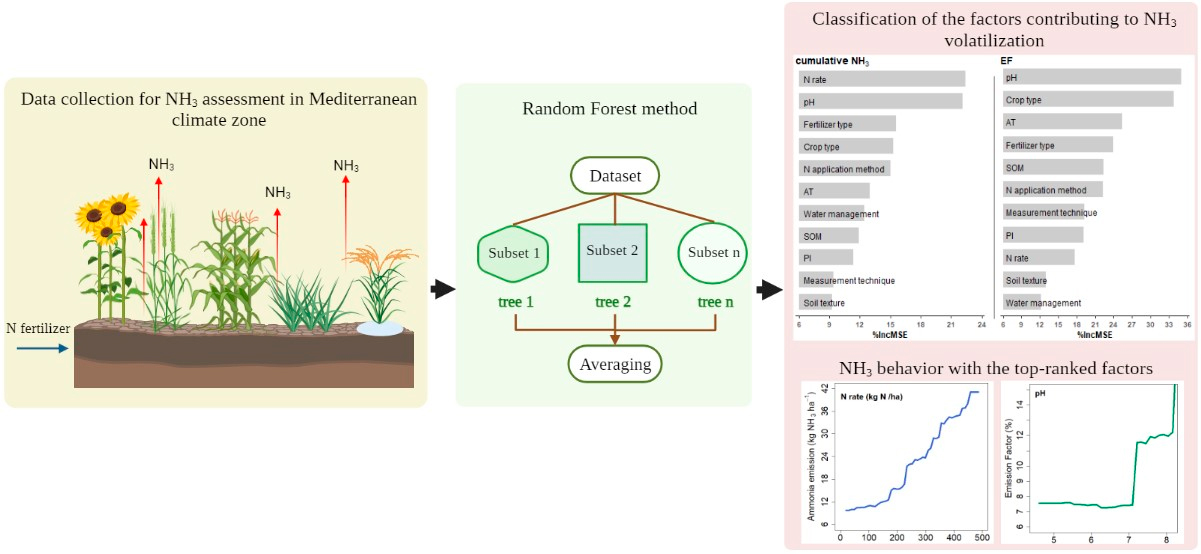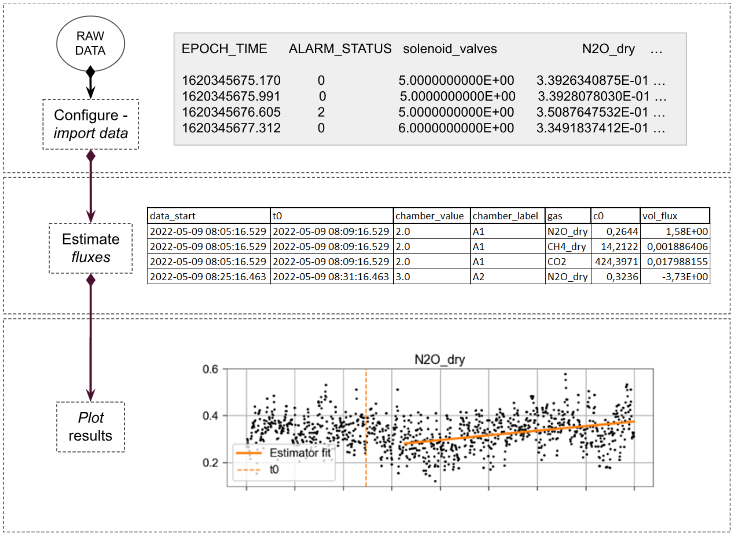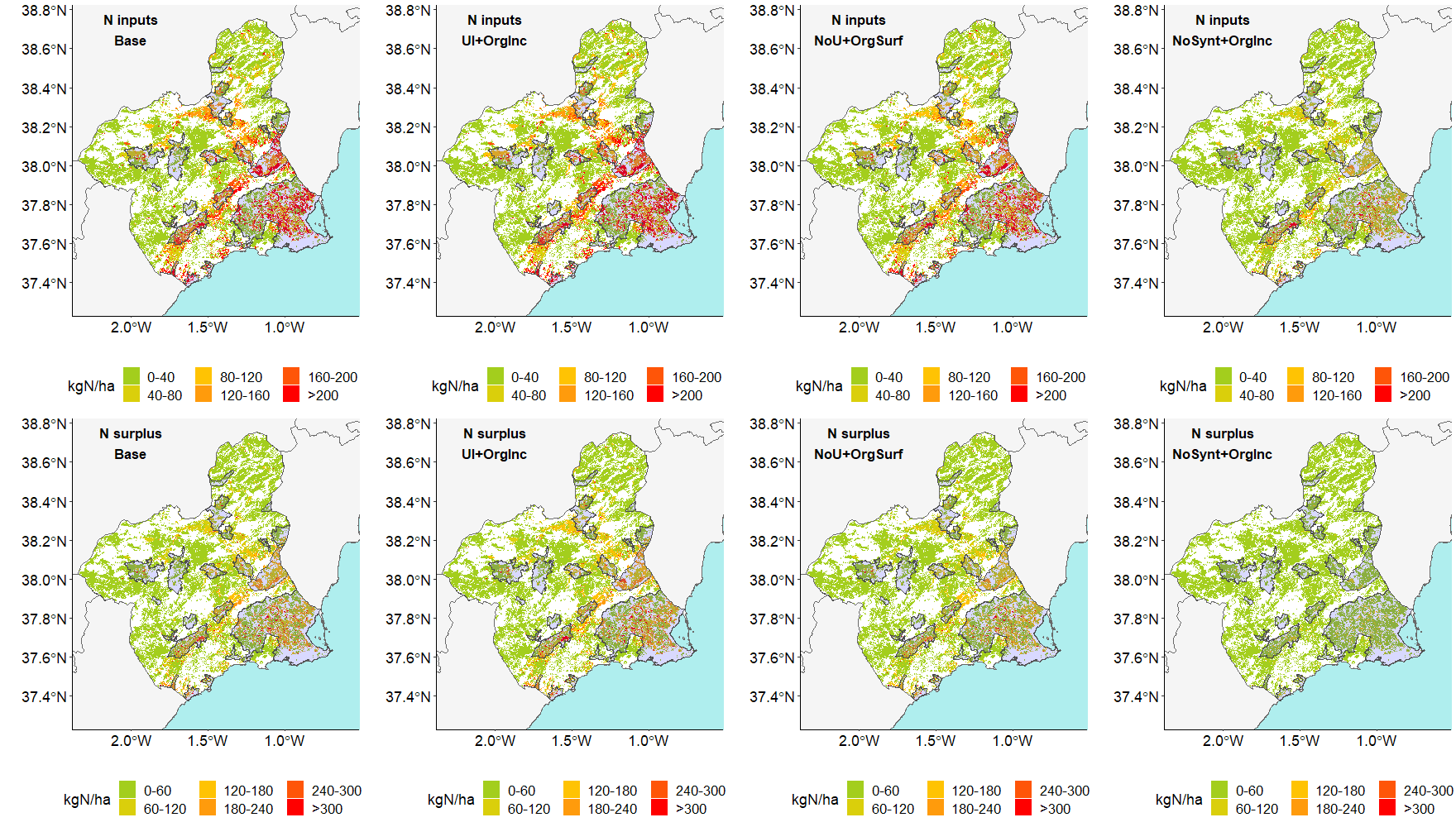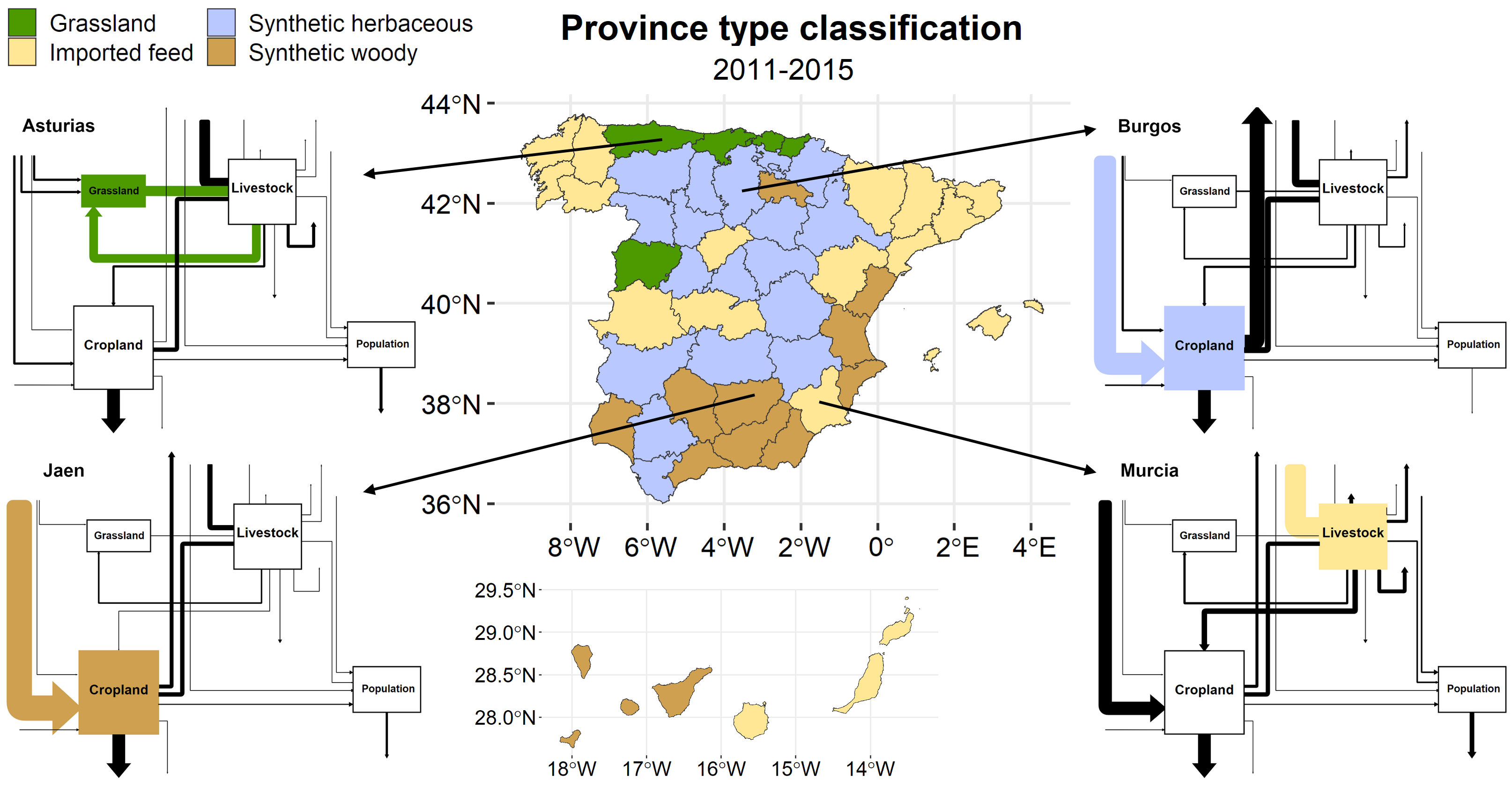AgrosceNaLab
Scenarios towards sustainability
About usThe AgrosceNa-UP project is a research initiative funded by the Spanish National R&D Plan with which we have sought to evaluate and propose, in coordination with the agricultural sector, management practices that lead to a reduction of environmental impacts, through the possible emission of polluting compounds into the atmosphere (ammonia) or water (nitrates) and greenhouse gases (nitrous oxide) from Spanish crop systems. In addition to reducing environmental impacts, the AgrosceNa-UP project has put the focus on economic implications of these practices, considering their impact on crop yields and the cost of inputs such as nitrogen fertilizers. It is a project that has combined scales spatial (from plot to country) and system (from crop to agri-food system) also addressing temporal trends. All this has been done seeking the actor and regional sensitivity, keeping in mind the heterogeneity of the country’s agroecosystems, as well as adaptation to climate change.
Scientific activity
Explore the results obtained and all the scientific activity generated within the framework of the AgrosceNa-UP project.
Methodologies
Learn about all the methodologies and scientific strategies that have been used and have promoted the project.
Co-creation
AgrosceNa-UP collaborates with the agricultural sector to adapt its research through participatory processes. Discover our roadmap towards sustainable fertilization.
